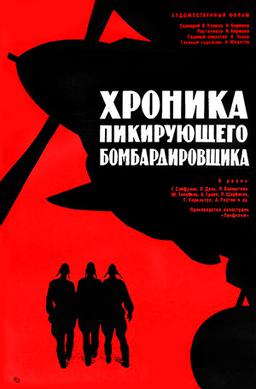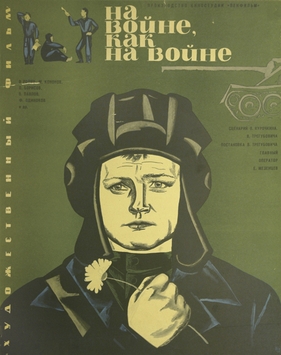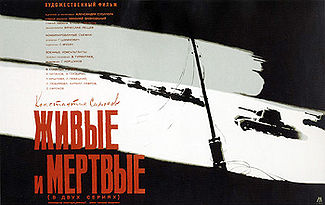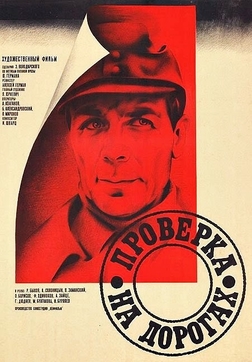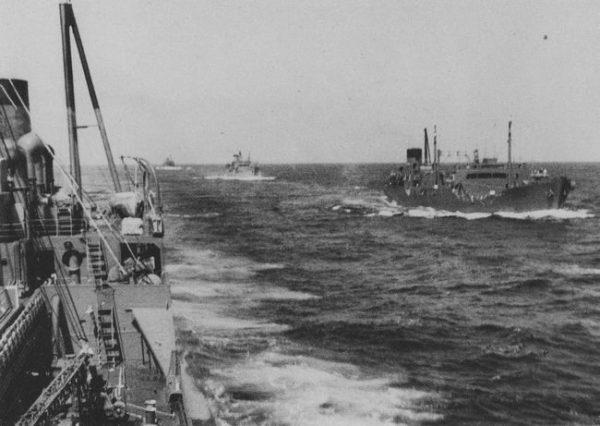I agree that there is no such clear statement in his books but i'm seeing this through the perspective of events during WW2. You may come here to Poland and visit war necropolises as well what left from nazis concentration camps, see villages on the south of Warszawa which has been wiped out by SS during "cleaning actions", castle in Lublin where gestapo executed peoples almost every day during 5 years of occupation, or see Uprising Museum here in Warszawa presenting what happened here during two months of 1944 when nazis killed 80 000 of resistance soldiers and almost 250 000 civilians. This is how facts looks like - what may possibly change analyzing if "fuhrer" expressed his goals in written form or just whispered this to the Himmler's ears during Sunday dinner in Berghoff?The wording is very much different. As for the meanings, - one can only guess what Hitler thought in 1925 about the implementation of his "eastern" ideas. We do know, of course, what he did later.
When I read that dull and ill-written book many years ago, I was surprised not to find a lot of what was attributed to that book. And to discover what was omitted.
Just looked quickly through one of the English translations and found the following.
"The fact was recognized that new territory could be gained only in the East; but this meant that there would be fighting ahead"
"...we National Socialists have purposely drawn a line through the line of conduct followed by pre-War Germany in foreign policy. We put an end to the perpetual Germanic march towards the South and West of Europe and turn our eyes towards the lands of the East"
"But when we speak of new territory in Europe to-day we must principally think of Russia and the border States subject to her... Destiny itself seems to wish to point out the way for us here."
The last two sentences are from Chapter XIV Germany's Policy in Eastern Europe. Where the author blabbers about everything else but the policy itself and writes about France as much as about Eastern Europe.
To conclude: no, there was no Hitler's statement in his books about the ultimate goal of the extermination of the Slavic nations. That does not make him any "better". But this fact can help to understand the dangerous unpredictabilities of totalitarian leaders and regimes.
Probably you know this but in a case not i think you should familiarize yourself with "Generalplan Ost" - Generalplan Ost - Wikipedia
This should clarify to you what was the nazis government plans in a topic we are talking about.

